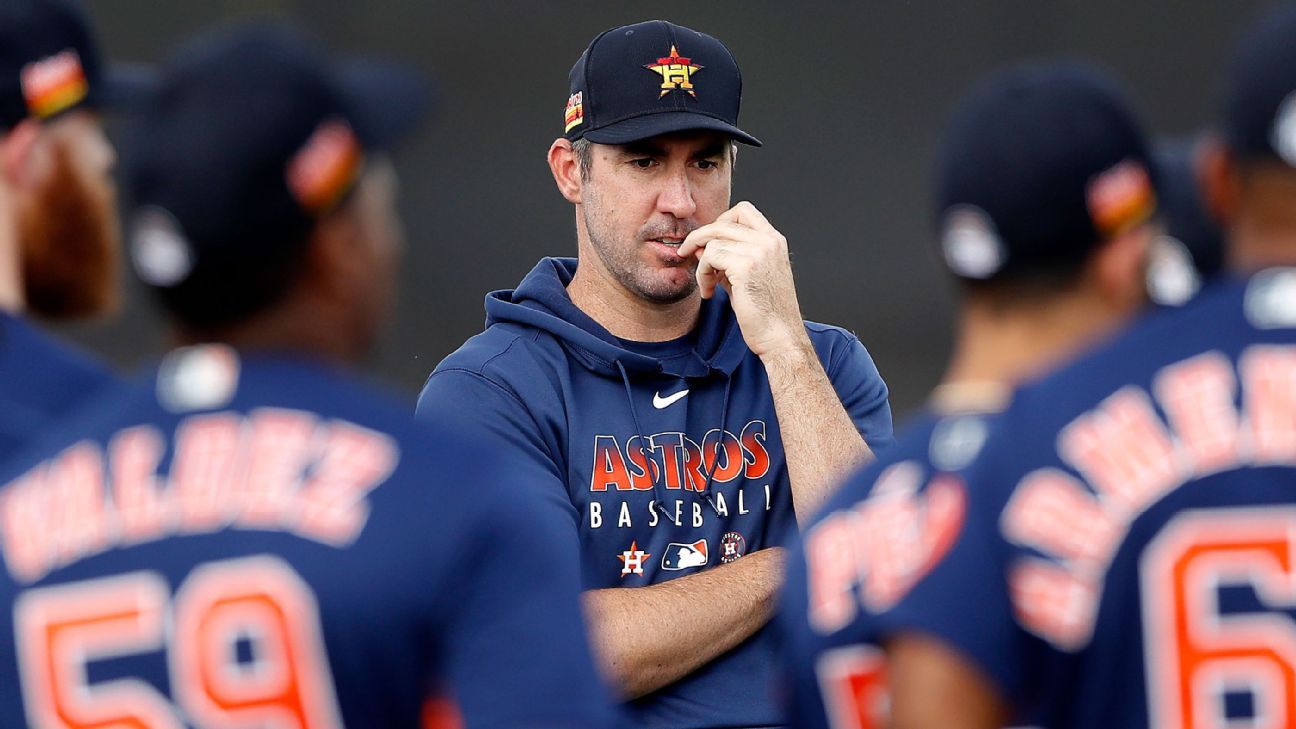Team owners in Major League Baseball have reportedly made their long-anticipated initial proposal to the MLB Players Association about what the players could make during the pandemic-shortened 2020 season. Working from what details have come out from sources, we look at the key takeaways from what we’re hearing about the proposal so far.
What would make a sliding scale be more appealing to players than a revenue split?
For one, it protects them against a shutdown due to a second wave of the coronavirus, perhaps during the playoffs, when television revenues are highest. Plus, the lower-paid players wouldn’t feel the further hit on their salary as much, thanks to the sliding scale. Already, one lesser-paid player said he thought he’d lose only about $100,000-$150,000 compared to the uncertainty of sharing revenues.
Why would MLB’s highest-paid players be willing to agree to a deal that costs them more than others?
There’s a good chance they won’t, but if they did, it would be because a player who was going to make $20 million would still make about $6.5 million this season while the lower-paid players are also protected. But this offer has a real chance to divide players unless a better solution is presented. The top earners are in a sort of Catch-22. Many probably have enough money to cope without playing this season, but $6.5 million is still $6.5 million.
How much more likely does this proposal make the players to agree to a deal?
One player said it’s already “much better” than any revenue-sharing split, but that doesn’t make it likely they’ll accept. Players already believe they agreed to a prorated salary structure, so selling them on taking even less won’t be easy. Just easier than a revenue-sharing proposal. The good news is that the owners have shown some willingness to negotiate but, in fact, this is their first real proposal. Revenue sharing was a trial balloon which popped upon leaking to the media.
Where do talks go next from here?
The union is likely to respond, perhaps with its own plan, which might include full prorated salaries but with deferments. Behind the scenes, many players and agents find this idea intriguing, knowing revenues will return in coming years, and full value of current contracts can be paid. Another option is to offer a straight cut across the board — say 10% — instead of a sliding scale. The hit wouldn’t be horrendous for any one player, but would the owners accept? It won’t save them as much as their current proposal.
